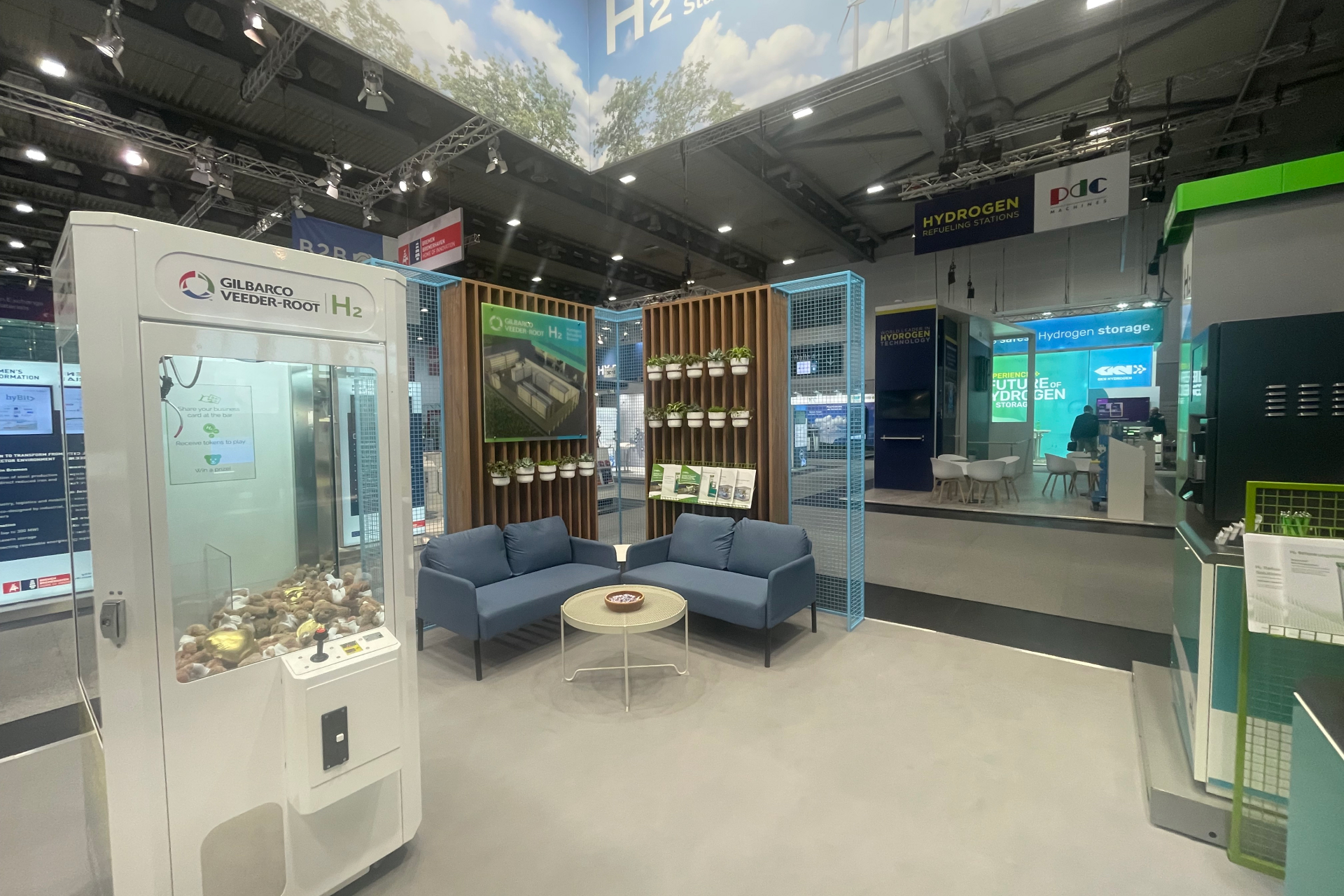What Should I Consider When Designing a Booth for International Trade Shows?
Ah, international trade shows. The big leagues, where the stakes are high and the rewards even higher. You’re not just representing your brand; you’re representing it on a global scale. But before you get lost in dreams of global domination, let's get down to the nitty-gritty: How do you design a display for trade shows that transcends cultural barriers, engages diverse attendees, and sets you apart from the international competition? Here’s your game plan, with the top 10 things to consider in your Trade Show design.
1. The Language Barrier: More Than Just Words
Sure, English might be the global business language, but don’t expect everyone to be fluent. Simple and clear messaging is crucial. Consider including key phrases or descriptions in multiple languages. And hey, let's not forget about your staff—having multilingual team members can be a game-changer.
2. Culturally Speaking, One Size Doesn’t Fit All
Culture influences behaviour, from how people interact to what they find appealing or offensive. The imagery, colours, and even your booth's layout should be culturally sensitive. For instance, while red signifies luck and prosperity in China, it might be associated with danger or warning in other cultures. Additionally, in Japan aesthetics revolves around simplicity (Zen style) so design your booth with minimal clutter, and remember, Islamic customs do not encourage bold imagery, especially of people, so keep graphics simple and respectful.

3. Plug Me In, Scotty: Power and Connectivity
The good ol’ voltage and plug type issue! Research the local electrical standards and bring the necessary adapters and voltage converters. And let's not forget internet connectivity; a backup mobile hotspot can be a lifesaver, especially if you rely on tech for attendee engagement.
Accurate preparation for power and connectivity is vital when setting up your booth at international trade shows. Here are some tips:
Check the Venue: Examine the venue's power supply capacity - different countries have varying standard voltages and socket types. Ensure compatibility with your equipment.
Bring Adapters/Transformers: Carry adapters or transformers to accommodate power variations and avoid equipment failure.
Network Availability: Verify if the venue provides Wi-Fi. However, always keep a backup like prepaid local data sim cards.
Pre-book Power: Pre-order necessary power points from the event organizer to avoid a last-minute premium.
Battery Backups: Carry portable battery backups for crucial equipment.
4. Local Regulations: Dotting the I’s and Crossing the T’s
Every country has its own set of rules when it comes to trade show designs. This can range from health and safety regulations to what you can and can't display for trade shows. The last thing you need is to be slapped with a fine or have your booth shut down due to non-compliance. This is so important when planning your Trade Show display design that we’ve dedicated a whole blog to trade show laws and regulations to consider.
5. Shipping and Logistics: It’s a Whole New Ball Game
Organizing an international trade show requires meticulous planning and keen attention to detail. No matter how grand your ideas and trade show displays are, accomplishing them in an unfamiliar land can become a daunting task. Mastering the art of shipping and logistics is crucial, especially for smooth operations during such important events. Always plan well in advance and consider partnering with local suppliers to mitigate these issues. Some key tips to ensure a smooth operation include:
Choosing a Freight Forwarder
When choosing a freight forwarder, ensure they're reputed within the specific industry or region of interest. They should have ample experience in handling trade show shipments, as they would be better equipped to deal with any intricate tasks or snags. Pay particular attention to their familiarity with the customs regulations.
Understanding Local Customs and Rules
Understanding the local customs rules is pivotal in international shipping. Each country has its specific regulations, and ignorance could lead to penalties or delayed delivery. Keep track of the incoterms, conditions that define the purchase's responsibilities, risks, and costs.
Proactive steps such as partnering with an international customs broker or legal expert can pave the way. They can guide you through documentation, taxes, penalties, packaging rules, and insurance to avoid last-minute mishaps.
Packaging Trade Show Display Materials
Invest time in properly packaging your display materials. Remember, your parcel will undergo a journey through various handling points and airline carriers. Use sturdy crates and reinforce with strapping if needed. Label master cartons precisely with contact details, trade show address, and stand number. Photograph your items and keep copies of the photos as proof against damage claims if needed.
Time Frame Consideration
When planning shipments, factor in the time it will take to clear customs. Always give an extra cushion of a couple of weeks to your schedule to account for unexpected challenges or delays.
Insurance for Shipments
The truth is, while you can implement contingencies, not everything is within your control. To safeguard against unpredictable issues, always insure your shipments. Check with your insurance company or freight forwarder on what coverage would suit you best for your cargo.
Follow Up
Track your shipments where possible and be ready to follow up with the freight forwarder for updates. Regularly check on the progress to ensure your materials have arrived safely and on time.
Managing logistics for an international trade show does not have to be intimidating. With careful planning, a bit of savvy, and outside expertise when required, you can ensure your event will be a glowing success. Enjoy the journey; these experiences will mold you into a logistics expert before you know it!
6. Time Is of the Essence
The international clock doesn’t tick to your local time. In addition to jet lag for your team, you've got deadlines that follow a different time zone. Keep a close eye on submission deadlines for documentation, Trade show booth design approvals, and any other pre-show requirements.
7. Show Some Hospitality
In some cultures, business is as much about relationships as it is about the transaction. Offering a bit of hospitality—be it a comfy seating area, some local treats, or even just a warm, genuine greeting—can go a long way in making valuable connections.

8. Who Are You Again?
Brand recognition can be a big challenge, especially if it’s your first time entering a new market. Compelling visuals, clear messaging, and interactive elements can help attendees remember you among the sea of international competitors.
9. Be Ready for Anything
International trade shows are a melting pot of unpredictability. Staff trained in problem-solving and crisis management can turn potential disasters into mere bumps in the road. We’ve written a whole blog on training staff for your trade shows which is applicable to local and international exhibitions.
10. Metrics Don’t Lie
And finally, how will you measure success? From lead capture methods to post-event analytics, ensure you have the tools to measure ROI effectively. Because at the end of the day, you want to know if your international escapade was a smash hit or if there are areas for improvement. We’ve got multiple blogs to support with effectively capturing leads and following up with them after your events.
Wrapping It Up
An international trade show isn't just a bigger pond; it's an entirely different ecosystem. But with careful planning, cultural awareness, and a solid strategy, you can design a trade show booth that not only stands out but also resonates on a global scale. So go ahead, take that step onto the international stage; just make sure you’re fully prepped for the spotlight.

Comments